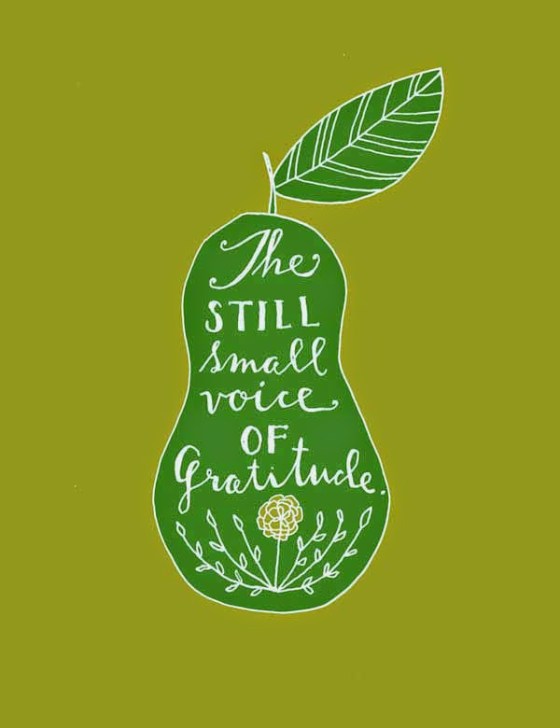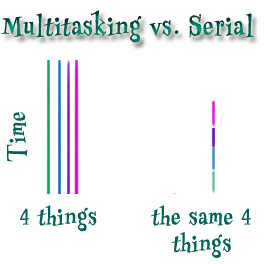Do you give your loved one credit for when he or she “tries” to show their love or caring? Gratitude for these small steps can create a beautiful chain of more happiness and connection in your relationship.
Maybe it is not exactly what you had hoped for but it is a try or an effort toward what you do want. It is easy to get into a state of wanting it exactly the way you want it and standing firm that you will not be content unless it is that way. I am not saying you should give up on what you want or need, but that you should consider the “process” of getting where you want to be in your relationship.
Some Things to Consider as Loved Ones “Try” to Show Their Love and Caring:
- It does not have to be perfect. When you expect perfection and your sweetheart comes up short, it is a set up for dis-contentment or unhappiness. Maybe you want or hope for more. And that can come. But in the moment you can acknowledge the try or effort toward what you wanted or hoped for. Maybe you want a sharing of chores in the household. Your husband chooses to help with dishes one night. It may not be all you want, but it is a start.
- Search for the parts in the try that feel good to you. Be mindful of what is being done or offered to you. It is Valentines Day and your husband brings you chocolates home. You like chocolate but you had hoped for something new and different. You can still enjoy the chocolates, savoring each piece knowing your spouse was thinking of what he knew you liked and was trying to please you.
- Let your loved one know you appreciate what they did do. This will bring more of this your way and beyond. You have been telling your wife you would like to carve out more couple time away from the kids. You are thinking in your head a weekend away. She sets up a 2 hour date night. You choose to thank her for carving out this special one on one time to be just with you.
- Let the good stuff from the try or effort sink in and stay with you. Let it nourish your inner self and know you are cared for. Let it be a part of you, not letting it slip away. Keep it as a touchstone to remember and build on.

Moving Toward More of What you Do Want:
- Do express your needs and desires. Do so in a calm, respectful manner, letting your partner know how this specific action will help to make you a better couple and increase happiness for both of you. Avoid demanding or insisting.
- When these things occur let your happiness show, telling your partner how this makes you feel and express your thankfulness. This does matter. Your visible reaction and encouragement helps your loved one to know it is worth it.Plus it makes them feel very good as well. And it increases your chances of more connection.
- Do illicit and ask your loved one what it is that THEY need or are hoping for in your relationship. Try to work toward these desires if it is a healthy request that could strengthen your relationship.
Let the small acts of love take root in your heart for they can grow and fill your soul with happiness and joy.
Professional Disclosure: This blog is offered as educational information and is not offered as professional therapeutic services. This is not intended to serve as treatment. For professional help contact your local mental health professional. Strom Individual and Family Therapy is not liable for any action or non action you take in regard to this article.






















